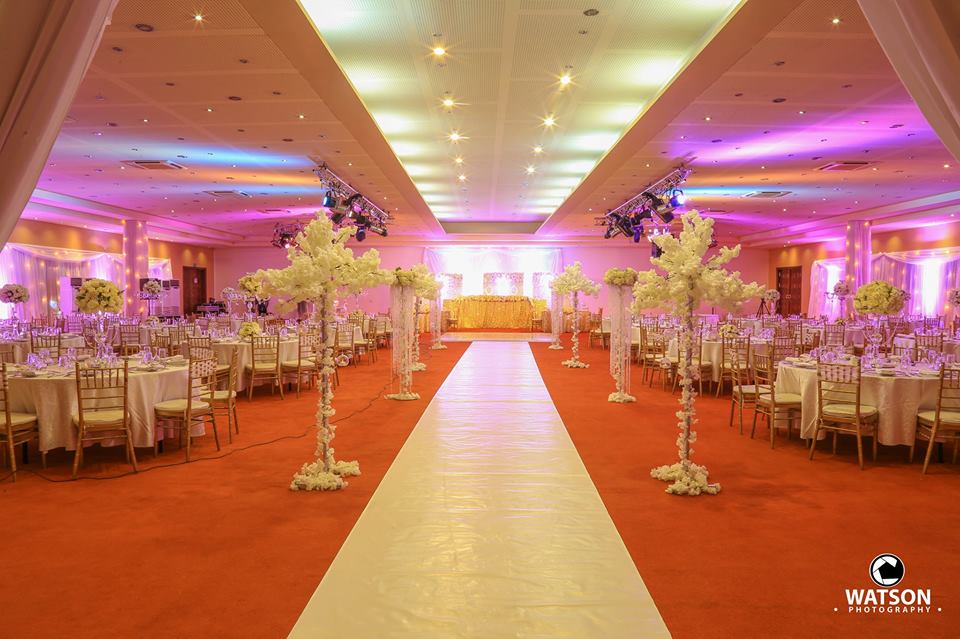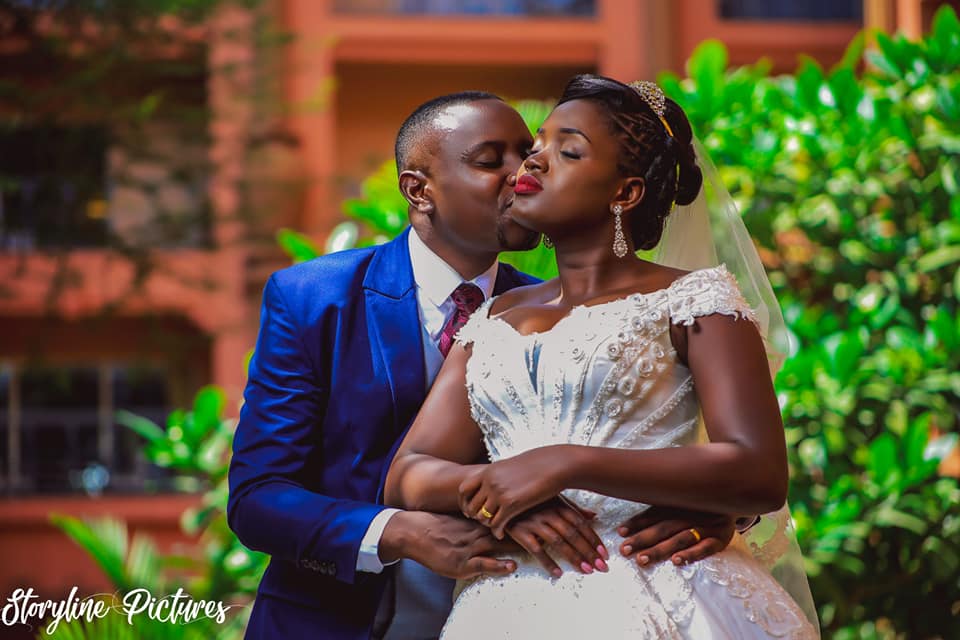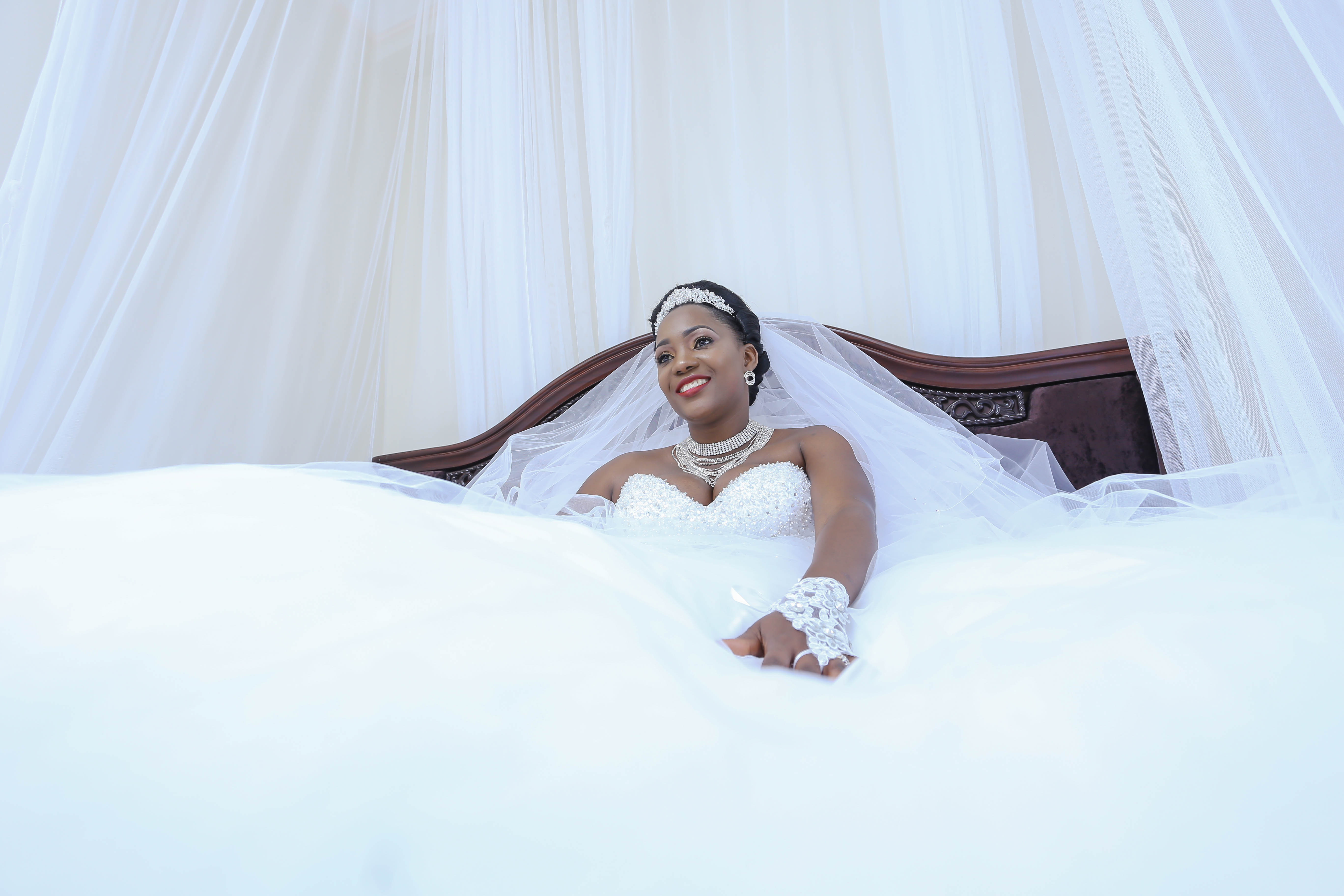Photo By KATENDE MUHAMMAD PHOTOGRAPHY
Step 2 – Step by Step Guide to Traditional Wedding Ceremony among the BAGANDA In Uganda, we took time to make it easy for everyone to know – Just in case you land on Buganda beauty and you what to make the last MOVE. If you missed step one click here
2. The Kwanjula (Introduction Ceremony).
This is the most important celebration of the Buganda marriage ceremony. This is where the intending husband to be is introduced to future in-laws and the community at large.
This ceremony is taken as the official marriage and after the suitor is accepted, he can take his bride home as a wife.
The preparations are tedious both physically and financially and also mentally as it causes a lot of stress but all this is worth the hustle since it’s the most memorable event for the couple, family and community.
The Kwanjula ceremony involves parties such as paternal aunt usually called the "Ssenga" and the spokesperson who play vital roles in the ceremony.
Before the marriage ceremony, the husband to be has to visit the paternal aunt of the girl, the one she has chosen to act as the Ssenga. Ssenga plays a significant role in Buganda marriage ceremony. Her role is respected as it involves educating and teaching the bride to be her roles and responsibilities as a wife.
Traditionally the ceremony is held at the bride’s parent’s home where two tents are put up, one for the in-laws and the other for the family members, visitors, friends and the whole community.
When the in-laws arrive, they are expected to make two lines towards the entrance, one for ladies and one for men. The hosts then clip their visitor’s shirts or dresses with knots in form of flower or ribbon, this is meant for easy identification of the in-laws from the rest of the visitors.2.the role of the spokesperson.
This comes in with the arrival of the in-laws, sometimes the spokesperson teases the in-laws by asking them why they have come, where they have come from and also what they could be looking for.
In some cases the in-laws are fined in case they come late for the ceremony.
A good spokesperson is supposed to make the function very interesting and unforgettable so if the spokesperson is bad, the ceremony may be ruined.
Spokespersons act as representatives for each family, they are supposed to be knowledgeable about the nature of the relationship between the man and woman intending to marry, their background, upbringing and education.
The spokespersons speak for both families during the ceremony.
Spokespersons are either hired or can be family members. They engage in question and answer challenge basically following old Buganda norms and traditions. Any wrong answer by the groom’s spokesperson is usually fined in form of cash.
They have to be clever, bold and exciting and be able to engage or answer challenges from the host’s spokesperson.
The verbal engagement is usually a friendly exchange of words. The host’s spokesperson is the controller of the ceremony and he is referred to as "Mussajja wa kabaka" meaning kings man. Speeches and introductions follow.
The ceremony starts with the bride’s sisters who are smartly dressed in Gomesis dancing to music to greet visitors and also be identified. Gomesis are cultural dresses for females in Buganda. The bride’s sisters kneel and greet the visitors.
The host’s spokesman then asks the groom’s spokesman if he has seen the lady they have come to collect. If the spokesman fails to identify the lady, they are sent away with a small envelope containing money known as transport.
Sending the sisters to assemble and be identified is all done to create tension and punctuate the proceedings.










